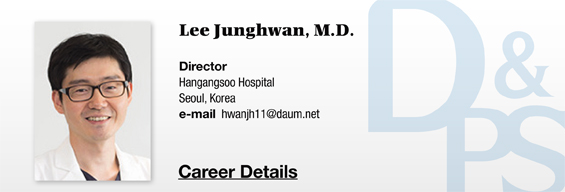
Methods
; Retrospective study – 1/31/2011 to 7/31/2015
; Royal Children`s Hospital(RCH) in Melbourne, Australia
; Medical history
; all scalding liquids included(water, beverages, oil, foods such as soups and noodles)
; demographics, mechanism and location of scald, treatment(first aid, dressings, surgical), healing time, HTS and scar management.
Treatments
; Three treatments per week
; Treatment was initiated using Acticoat(Smith & Nephew,Florida, United States)
; split thickness skin graft was carried out if wounds did not heal in 2-3 weeks
Healing time
; Wound healing was thought to be achieved if wounds were fully healed on medical records or if dressing was stopped
; Graft surgery was included in the treatment period.
; Five stages:
1. <10 days, 2. 10–14 days, 3. 15–21 days, 4. 22–30 days, 5. > 30 days
Hypertrophic scar
; scars were categorized into hypertrophic scars and non-hypertrophic scar
; Included patients with records of hypertrophic scar or history of scar removal treatments
; clinical photos were used to identifyhypertrophic scars
; Scar removal was carried out in patients whose treatment period was 3 weeks or longer(ladder of complexity)
; The shortest follow-up period was set as 4 months considering hypertrophic scar development.
[Advertisement] MAGNUM(Q-switched Nd:YAG Laser) – Manufacturer: (www.i-dana.com)]
Results
During the study period, a total of 818 burn patients were admitted to RCH. Among these, 322(39.%) hadscalding burns. The most common cause of the burn was exposure to boiling water(43.8%). The mean patient age was 3.4 years, ranging from 4 months to 17 years. Primary treatment was silver-containing dressing(92.9%) and facial burn was treated with topical ointment.
The mean treatment period of scalding burns was 15.4 days. Of 322 patients, 52(16.1%) developed hypertrophic scars. Longer treatment duration was proportionally correlated with a drastically higher incidence of hypertrophic scars(mean 34.5 days compared to 12.1 days, p < 0.01).
Twenty-five patients received non-meshed split thickness skin graft at the mean of 15.88 days after wound was sustained. One patient who received graft at Day 7 had the total treatment duration of 15-21 days and 10 patients who received skin graft at Day 13.8 had the total treatment duration of 22-30 days. Fourteen patients who received skin graft after 18 days had treatment duration of over 30 days.
Table 1 below shows the incidence if hypertrophic scattomh in patients who received skin graft and those that did not.
.png)
Table 1. Incidence of HTS by healing time and method of treatment.
Of patients who received conservative therapy for 15-21 days, 7.5% developedhypertrophic scars and 1 patient who received skin graft developed hypertrophic scar. Of patients with 22-30 day treatment period, hypertrophic scars developed in 56.5% of patients given conservative therapy and 80% of patients given surgery(p = 0.26). Patients whose treatment period was 30 days or longer had similar incidence of hypertrophic scar between the two groups(85.7% and 86.7%, respectively, p = 1).

Table 2 shows incidence of hypertrophic scar and location of the burn.
-To be continued




















